※This article was published at March 2015.※
While Japanese food has been added to UNESCO’s Intangible Cultural Heritage list, Japanese food includes a wide variety of dishes.
One of these types of food is soba (buckwheat noodles).
The buckwheat for soba noodles is grown in various regions in Japan, and the taste and way of eating differ depending on the region.
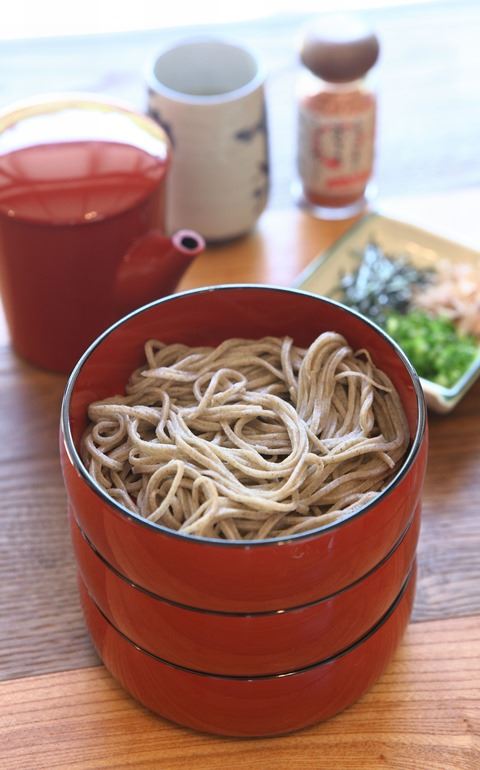
The soba that is eaten in the Okuizumo area of Shimane Prefecture is generally dark soba.
This is because the buckwheat is ground with the husk still attached when making buckwheat flour.
Izumo soba is characterized by its dark color and deep aroma.
During the Edo era it was so highly valued that it used to be presented to the Shogun.
Its deliciousness is thanks in part to the terrain in Okuizumo.
For example, Yokota has a high elevation of 300 to 700 meters and the terrain is basin-shaped, meaning that there are large difference between temperatures night and day due to radiative cooling.
It matures soba seeds and enhances their flavor and aroma.
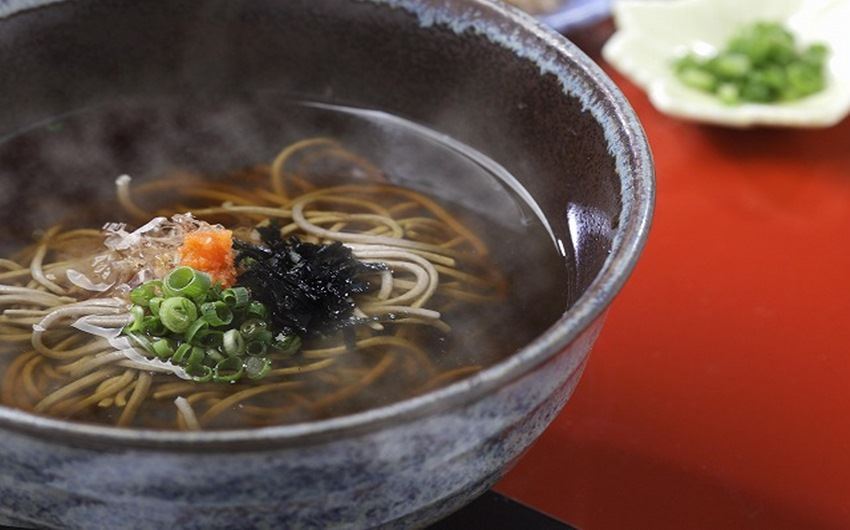
There are many soba restaurants in the Okuizumo region.
When I visited, I ordered the standard dish called warigo soba, which consists of soba, green onions, bonito flakes, and seaweed contained in a small bowl that is then dipped in the broth.
A unique dish that is available is called kamaage soba, in which the soba is eaten together with the water it was boiled in, called sobayu.
Sobayu has a distinct flavor and odor, and it is full of the nutrients contained in buckwheat.
Eating it in this unique way helps to bring out the flavor of Izumo soba and it has become a regional custom for these reasons.

Map:
While Japanese food has been added to UNESCO’s Intangible Cultural Heritage list, Japanese food includes a wide variety of dishes.
One of these types of food is soba (buckwheat noodles).
The buckwheat for soba noodles is grown in various regions in Japan, and the taste and way of eating differ depending on the region.

The soba that is eaten in the Okuizumo area of Shimane Prefecture is generally dark soba.
This is because the buckwheat is ground with the husk still attached when making buckwheat flour.
Izumo soba is characterized by its dark color and deep aroma.
During the Edo era it was so highly valued that it used to be presented to the Shogun.
Its deliciousness is thanks in part to the terrain in Okuizumo.
For example, Yokota has a high elevation of 300 to 700 meters and the terrain is basin-shaped, meaning that there are large difference between temperatures night and day due to radiative cooling.
It matures soba seeds and enhances their flavor and aroma.

There are many soba restaurants in the Okuizumo region.
When I visited, I ordered the standard dish called warigo soba, which consists of soba, green onions, bonito flakes, and seaweed contained in a small bowl that is then dipped in the broth.
A unique dish that is available is called kamaage soba, in which the soba is eaten together with the water it was boiled in, called sobayu.
Sobayu has a distinct flavor and odor, and it is full of the nutrients contained in buckwheat.
Eating it in this unique way helps to bring out the flavor of Izumo soba and it has become a regional custom for these reasons.

Map:

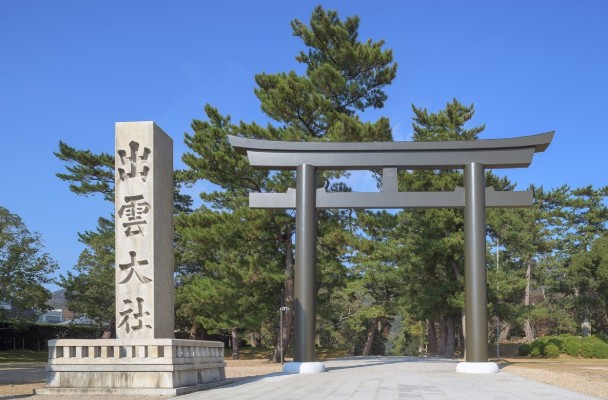

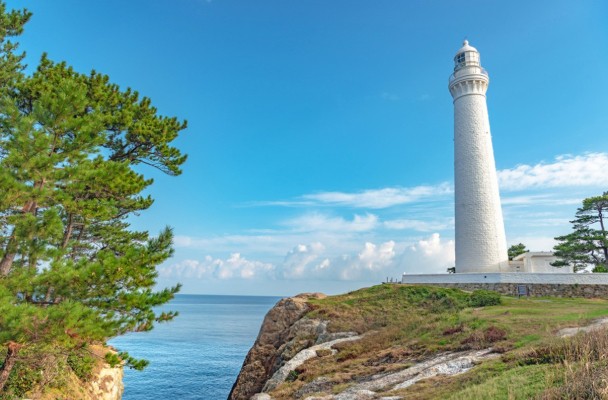
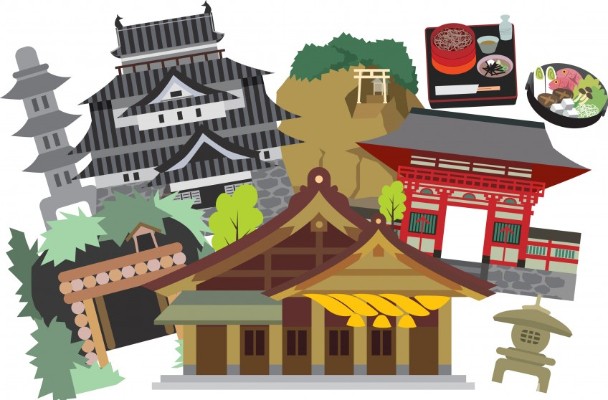
Comments